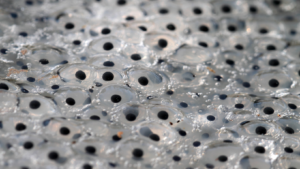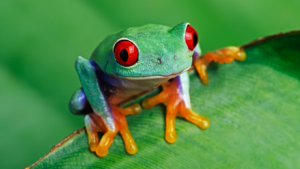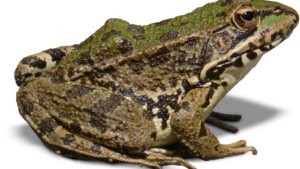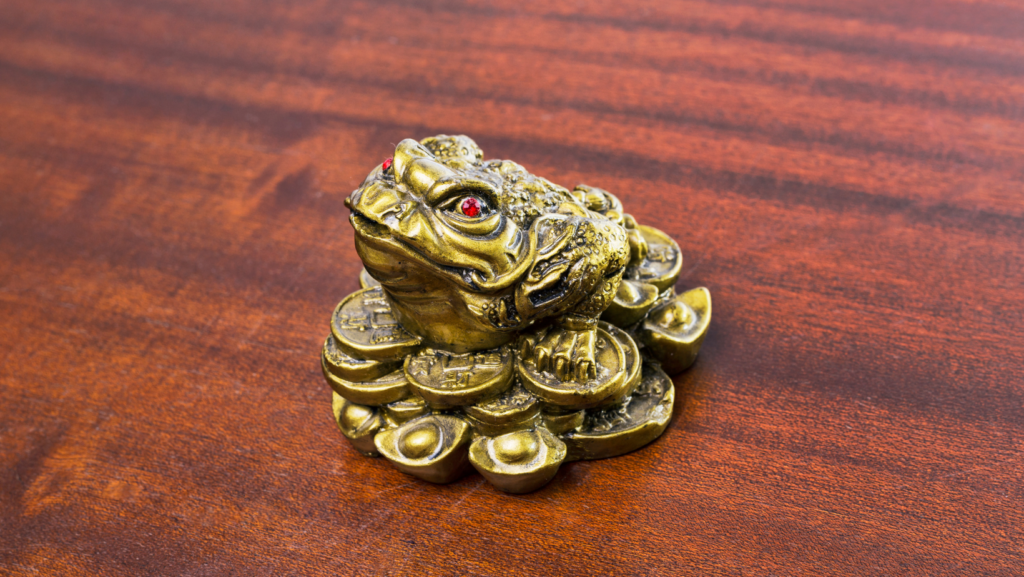Japanese frog art, a captivating blend of tradition and whimsy, offers a unique glimpse into Japan’s rich cultural tapestry. Frogs, or “kaeru” in Japanese, symbolize good fortune and safe returns. Their presence in art spans centuries, from ancient scrolls to contemporary pieces. This vibrant art form reflects Japan’s deep connection with nature and its ability to infuse everyday life with symbolism.
Artists have long been inspired by the frog’s playful and adaptable nature, resulting in a diverse range of styles and interpretations. Whether it’s the serene elegance of ukiyo-e prints or the bold expressions in modern ceramics, Japanese frog art captivates viewers with its charm and depth. By exploring this fascinating genre, art enthusiasts can appreciate how these amphibious creatures have leaped into the hearts of many, bridging the gap between past and present in Japanese culture.
Japanese Frog Art

Japanese frog art has deep roots in the nation’s history, blending symbolism with artistic expression. Frogs, known as “kaeru,” appear in various mediums across different eras, reflecting cultural beliefs and aesthetics.
The depiction of frogs in art has evolved alongside Japan’s artistic movements. During the Edo period, ukiyo-e prints often featured frogs, aligning with themes of nature. Artists like Katsushika Hokusai incorporated frogs into their works, highlighting their playful characteristics. In contemporary times, ceramics and paintings explore frogs with diverse techniques, continuing the tradition while integrating modern styles.
Prominent Artists And Styles
Japanese frog art has a rich tapestry of prominent artists and distinct styles. These artists have captured the essence of frogs, weaving symbolism and creativity into their works.
Edo Period Artists
During the Edo period (1603-1868), artists like Katsushika Hokusai prominently featured frogs in their art. Hokusai, renowned for his ukiyo-e prints, depicted dynamic scenes with frogs that resonate with charm and playfulness. Utagawa Kuniyoshi, another celebrated Edo artist, often illustrated frogs with humor, blending anthropomorphic features that captivated audiences. These artists contributed significantly to the popularity of frog motifs within Japanese art, utilizing woodblock printing techniques to reach wider audiences and influence cultural narratives.
Modern Interpretations

Contemporary artists continue exploring frog imagery through new mediums and perspectives. Modern ceramics, pioneered by artists like Shoji Hamada, incorporate frog forms with a minimalist aesthetic, emphasizing texture and form. Paintings by Yayoi Kusama have embraced the playful aura of frogs, integrating them into her signature polka dot style. Other artists, such as Takashi Murakami, merge traditional motifs with pop culture elements, creating pieces that reflect both historical and modern influences. This blending of old and new techniques showcases the enduring appeal and adaptability of Japanese frog art in contemporary contexts.
Techniques Used In Japanese Frog Art
Japanese frog art showcases a variety of techniques that reflect both historical and modern influences. Artists utilize traditional and contemporary methods to bring frog imagery to life.
Traditional Methods
Woodblock printing features prominently in traditional Japanese frog art. Artists like Katsushika Hokusai and Utagawa Kuniyoshi popularized frog motifs using this technique during the Edo period (1603-1868). These prints, known as ukiyo-e, often depict frogs in nature, interacting humorously with their surroundings.
Ink wash painting, or sumi-e, is another traditional technique. Artists use brush and ink to create fluid and expressive frog images. This method emphasizes simplicity and movement, capturing the essence of the frog’s playful nature. Ceramic art also plays a significant role, with pottery designs featuring frog motifs. These handcrafted items often serve both decorative and practical purposes.
Iconic Pieces And Their Impact

Japanese frog art boasts famous works that have shaped artistic landscapes and influenced global creativity.
Famous Frog Artworks
“Frogs And Waterfall” by Katsushika Hokusai exemplifies the imaginative integration of nature and amphibians. The famous ukiyo-e print captures the fluidity of water alongside lively frogs. These pieces highlight Hokusai’s mastery of composition and his ability to blend natural elements with whimsical subjects.
Utagawa Kuniyoshi’s “Frog Combat” features dynamic characters in a playful battle scene, demonstrating his skill in depicting movement and expression. Such works illustrate the humor and complexity often found in Japanese frog art.



